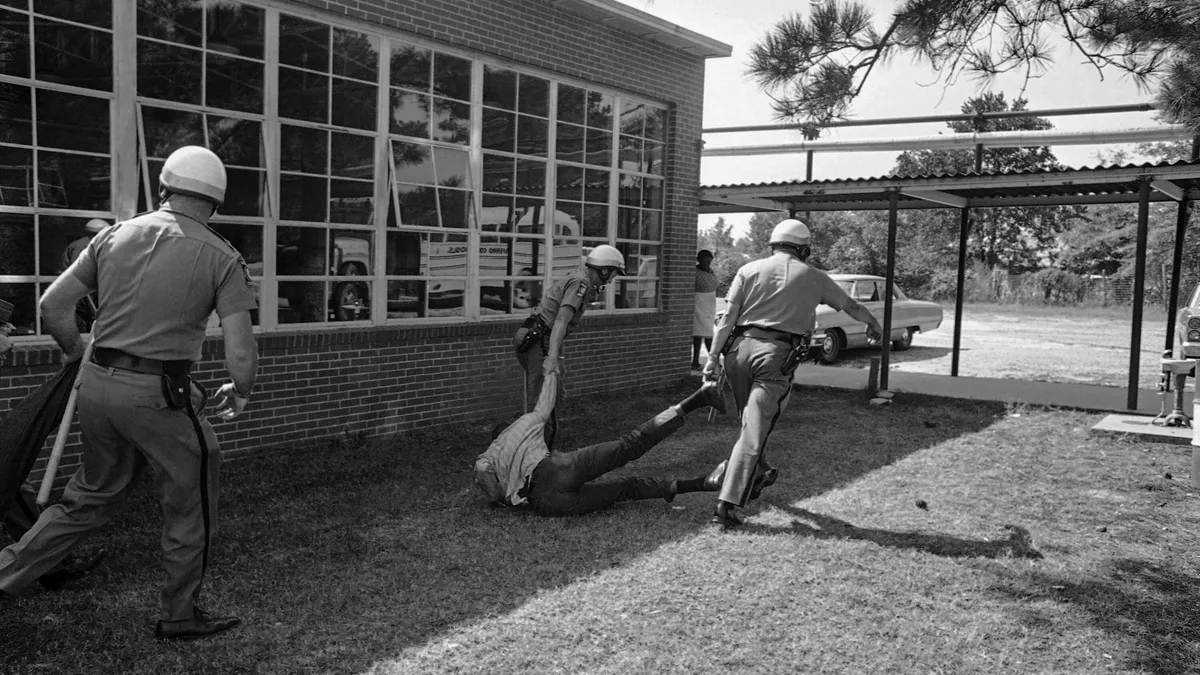Dive Brief:
- A portion of New Mexico's recently released teacher evaluations were based on incorrect data according to Albuquerque school officials and the state Public Education Department.
- While the exact problem has yet to be explained, questions of accuracy have risen specifically among a group of elementary school principals who say the scores aren't consistent.
- In New Mexico, 50% of a teacher's evaluation is supposed to be based on student test results. Classroom observations are intended to make up another quarter, rounded out by 15% for lesson plans and 10% for attendance.
Dive Insight:
Among the principals' complaints: Teachers being incorrectly marked absent, student test data not being weighted the same for all teachers, and teachers being rated "minimally effective" when their students had clearly made academic progress. According to Matt Montano, the state's director of educator quality, attendance and classroom observations carried more weight with some teachers because academic scores are based on three years of data and some teachers did not have that much test data available.
That excuse isn't sitting well with various principals and educators who feel frustrated that the evaluations are at the very least not uniform. Measuring success on different standards doesn't give an accurate picture of how teachers are doing and ultimately diminishes the meaning behind rating a teacher "effective" or "minimally effective".
Montano, however, maintains that despite the recent hiccup principals are learning a lot more about what's happening in their schools and classrooms under this new evaluation system. In the past, evaluations were based solely on principal evaluations in a "pass-fail" structure. Under that system, less than 1% of the teachers failed.












